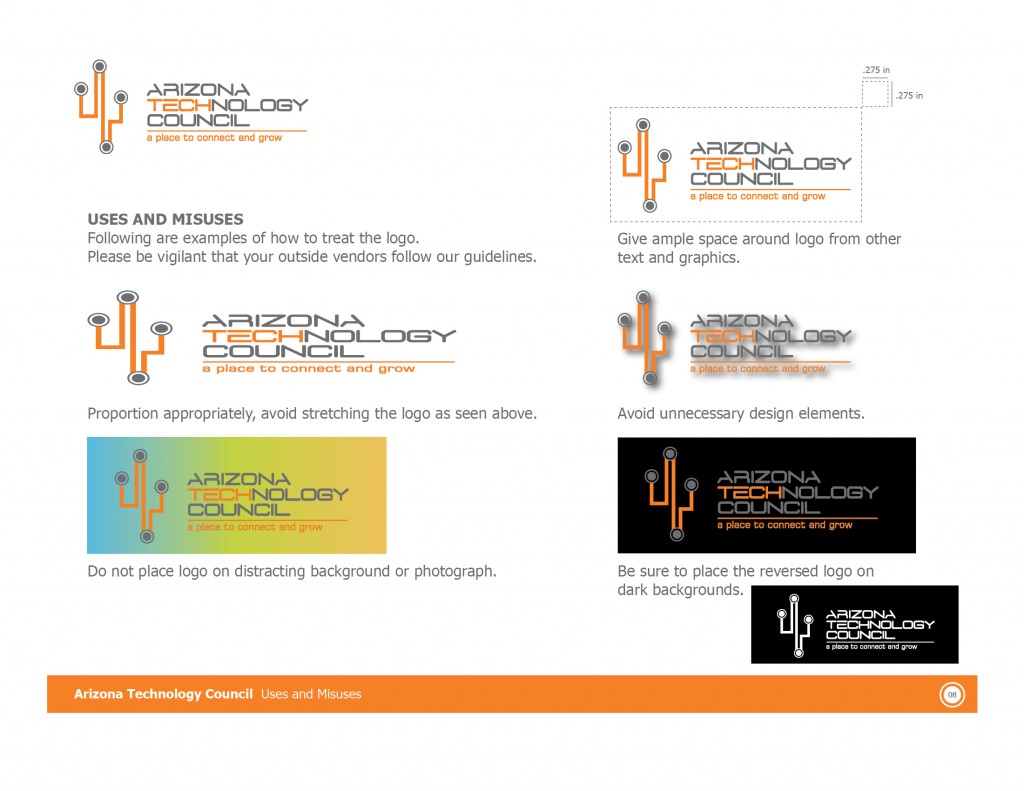A brand handbook is essential in establishing consistency within a brand. It is an internal document that conveys the company mission, vision, and visual standards. The following is a little bit more about the handbook:
What’s in a brand handbook it?
A brand handbook can contain various things. In general, it should have at least the following:
- Table of contents
- About the company
- Mission
- Vision
- Values
- Logo Usage – where and how the logo will be seen
- Color specifications – Pantone, CMYK, RGB, Web Hex
- Uses and Misuses of the logo
- Typography – including font type, alignment, headers, sub-headers, etc.
- Design Elements and/or variations of the logo
- Publication examples
- Contact information
Why is it important?
A brand handbook is important to have because it lays down rules for the elements that visually represent a brand. It is a resource for the ways in which a logo should and should not be used, what colors represent the brand, stock imagery that should be used in association with the brand, and what the company stands for.
The brand handbook also reflects the foundation and essence of a company. The brand handbook should serve as inspiration for not only marketing and design projects, but for strategic decisions about the growth and goals of the company.

Why standardization?
The elements in a brand handbook are important to standardize because these elements are the pillars supporting the brand. Standardizing the elements in a brand handbook ensures that their usage aligns with brand messaging, and that the brand is not diluted by inconsistencies. Logos, fonts, typeface, and layout are easy to distort, and if a brand doesn’t regulate the usage of these elements, the brand’s core message is harmed. 
Establishing standards can also help reduce research and design time. While still permitting certain creative liberties, standards ensure that messaging is consistent.
